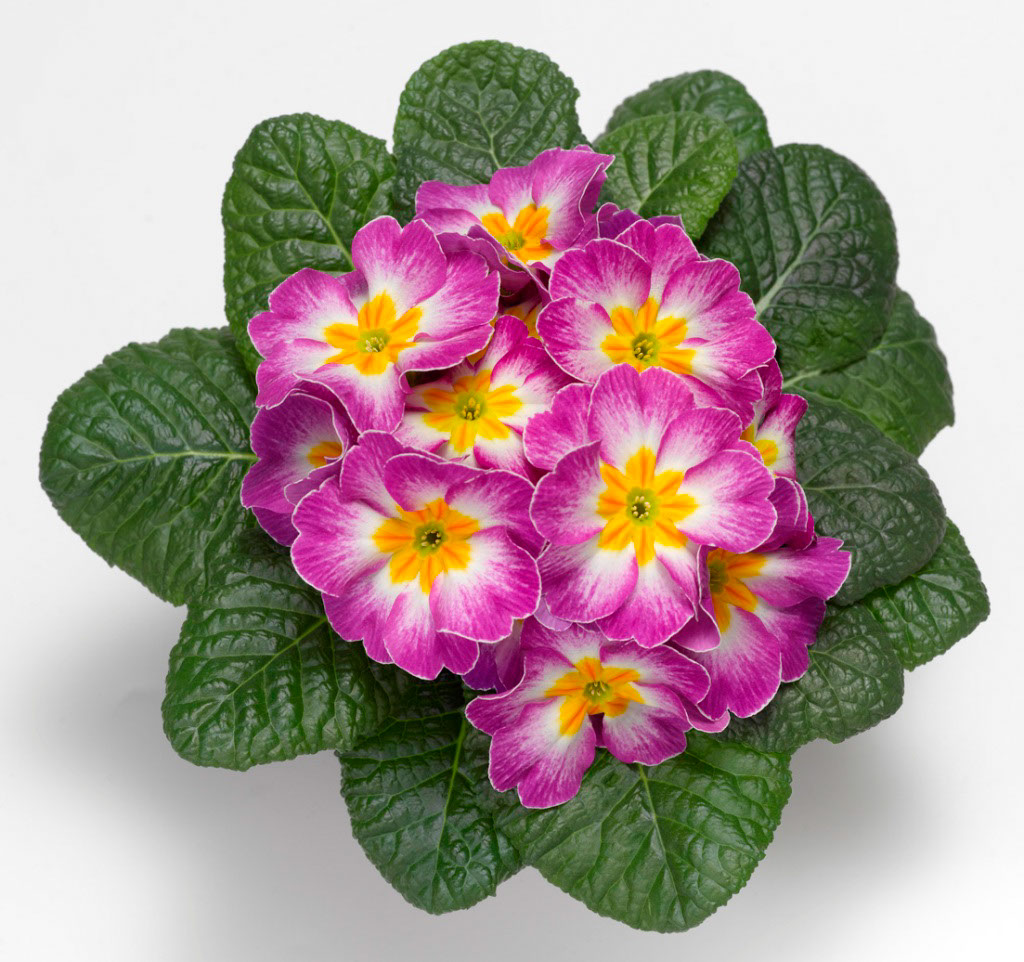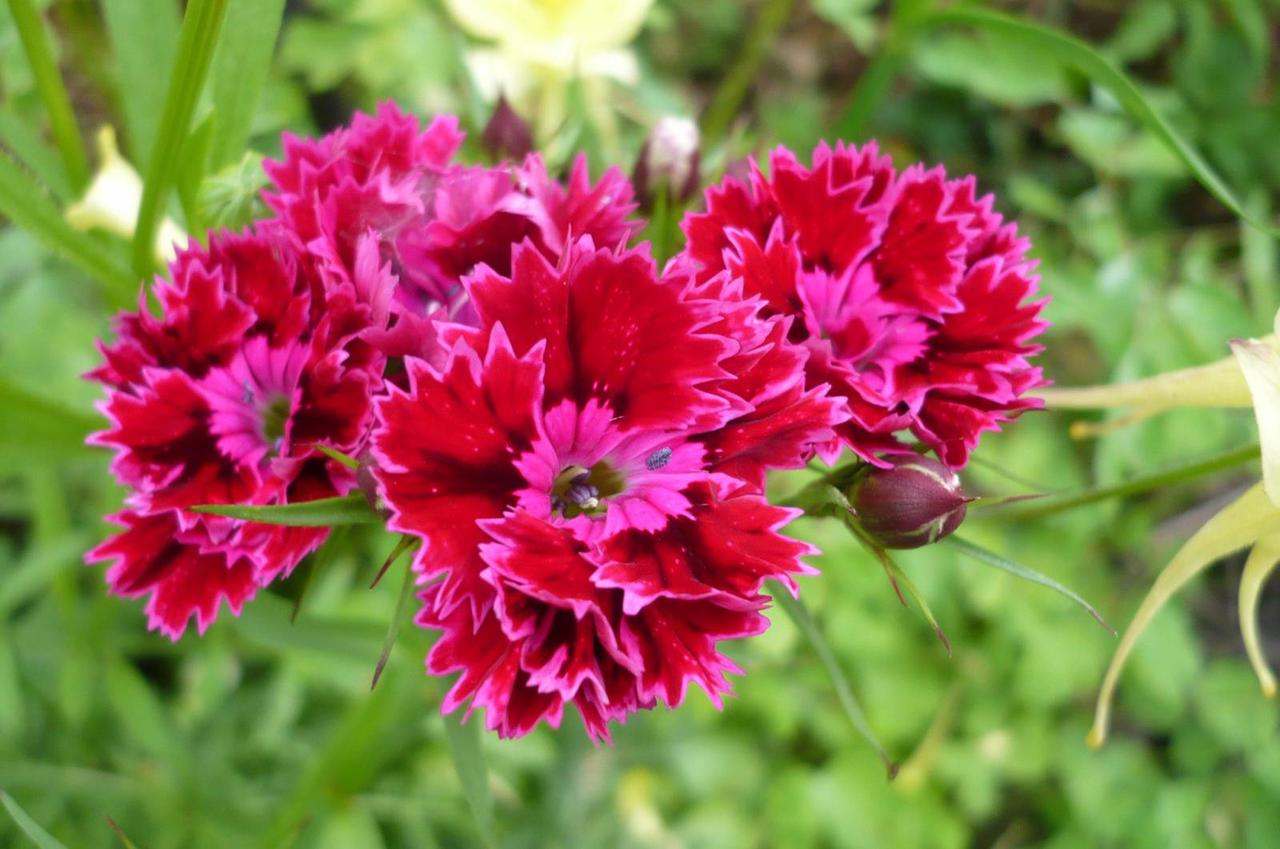Many flower lovers have repeatedly wondered how realistic it is to maintain and breed the house of these wonderful and beautiful residents. At first glance, it may seem that the rose bush is an extremely difficult plant to grow at home. Let's try to figure out how to grow it at home.
The homeland of this plant is the tropical forests of the Southeast Asian continent. In the European part, theybecame known at the beginning of 1810when they arrived from China. Mix rose belongs to the Rosaceae family, it belongs to the genus of miniature plants.
Classification groups and varieties of roses
For cultivation, there are two main types of this plant:
- Decorative pot - as a rule, they are temporary. They are often used to form temporary compositions. After flowering, wilting occurs.
- Blooming decorative indoor - grow at home, are evergreen, often bloom, often all year round.
There are several of the most popular types:
- Patio mix - differ from others in the largest sizes of both flowers and the plant itself, but they are short (height no more than 50 cm). The period of appearance of flowers is quite long, color variations are varied.
- Turbo - also bloom for quite a long time. They are distinguished by rich colors and large buds.
- Kornada - the smallest plants. A characteristic feature is the short stature, small size of the buds.
- Parade mix - the most popular among all home roses. Has the best adaptation to the content in the apartment. Flowering occurs very often.
- Mini mix - a large category of plants belongs to them. It has a low stem part, flowers are usually medium to small. Well suited for indoor breeding.
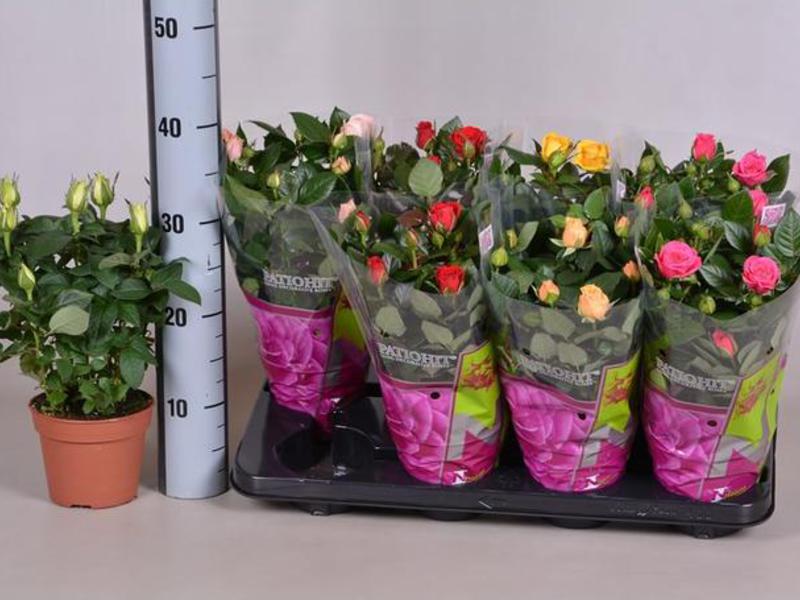
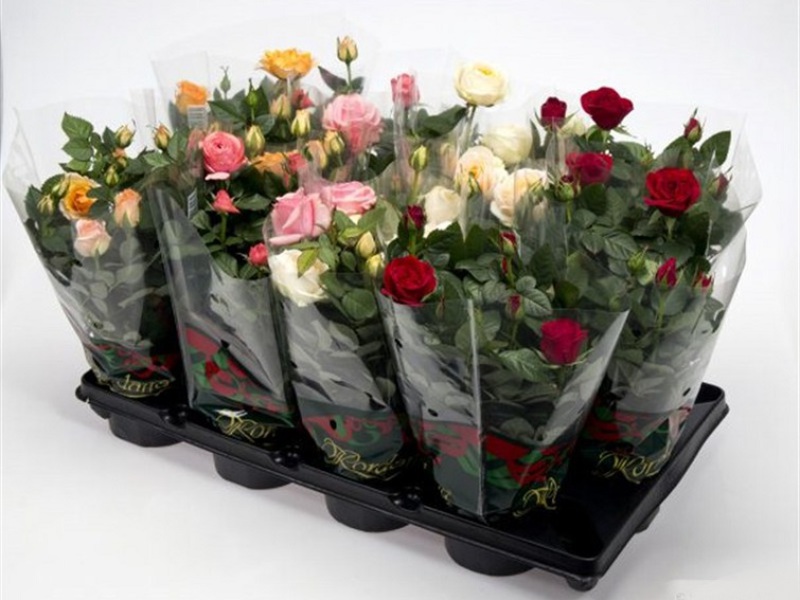

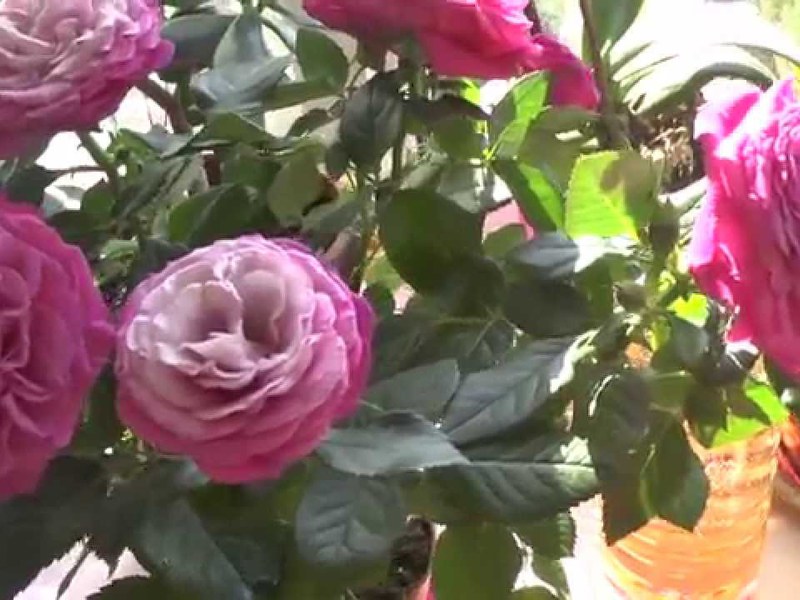
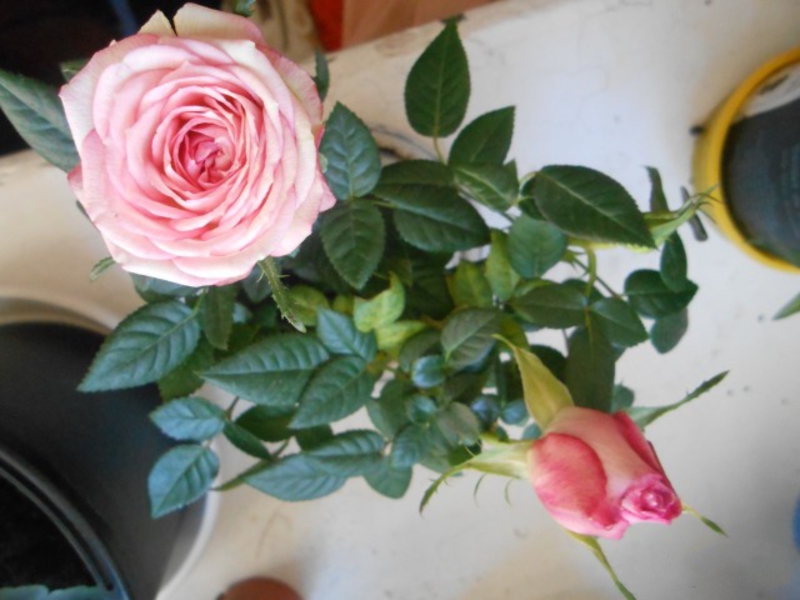
Basic rules of care and maintenance features
The plant is sensitive, so it needs to be carefully monitored. How to care for a culture?
Watering
One of the important nuances in caring for this plant is watering (water is usually at least room temperature). These crops, as usual, are watered abundantly. Here, a clarification should be made - abundantly, does not mean often!
In the summer, watering may be required up to two times per day. At the end of the summer season, watering frequency - decreases... A positive dynamics is provided by the combination of watering and spraying a rose mix. During the winter cold season, watering can be completely replaced by it. During the active phase of growth, the plant should not be exposed to a lack of water and light.
Lighting
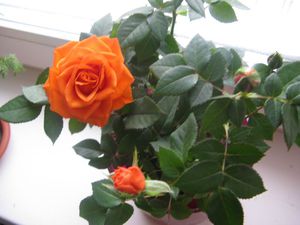 The mini mix variety is in dire need of constant lighting. To ensure the required level of illumination, special lamps can be used.
The mini mix variety is in dire need of constant lighting. To ensure the required level of illumination, special lamps can be used.
But even with the help of ordinary fluorescent lamps, it is possible to achieve the desired result. With constant illumination, the plant will bloom more often than usual (almost continuously).
Plant transplant
If the plant is newly acquired, it should be immediately transplanted into another container. You can transplant at any time of the year... The most recommended frames are spring or late summer.For transplanting, it would be most correct to purchase special soil for indoor roses... The soil should have a fairly loose structure and be moderately moist.
Important points when transplanting this culture:
- mandatory presence of a drainage layer at least 1 cm thick.
- the transplant is best done during the moon's growth.
- the previous earthen lump, during transplantation, should be preserved by adding fresh soil to it.
- before starting the transplant, the pot with the plant should be placed in water (the soil must absorb moisture).
- after transplanting, the leaves of the plant should be sprayed.
- after a day has passed after transplantation, watering of the plant should be carried out (water is used standing, room temperature).
Rose mix content errors
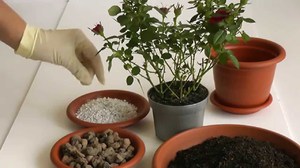 If there is drying of the leaves, dropping of buds, a change in the color of the shoots, then the main reason for this is most often insufficient air humidity or watering. To cope with this will help competent regular watering and spraying.
If there is drying of the leaves, dropping of buds, a change in the color of the shoots, then the main reason for this is most often insufficient air humidity or watering. To cope with this will help competent regular watering and spraying.
If the plant is damaged by pests (it can be aphids, ticks, etc.), the culture should be taken away from the rest. Sick plant should be sprayed with a special pest repellent (such as, for example, "Arrow" or "Fitoverm"), or prepare a garlic infusion (170 grams per 1 liter of water, a teaspoon of the ready-made solution, diluted with 1 liter of water and sprayed). To combat parasites, bathing of stems and bushes is quite effective (the soil should be isolated from water when bathing by covering the pot with plastic wrap).
Fertilizing flowers
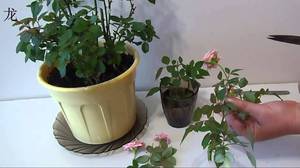 For mix roses, patios and other varieties, fertilization becomes a key maintenance parameter (along with regular replanting). The alternation of mineral and organic fertilizers has a positive effect. Fertilizing the soil is most correct during the period of active growth of the flower.
For mix roses, patios and other varieties, fertilization becomes a key maintenance parameter (along with regular replanting). The alternation of mineral and organic fertilizers has a positive effect. Fertilizing the soil is most correct during the period of active growth of the flower.
Diseased or recently transplanted plants - fertilization is not allowed. The feeding itself is best done in the afternoon. Fertilized soil must be sufficiently moistened.
Features of reproduction at home
There are two main methods of breeding this culture. This is done:
- By grafting a shoot onto a rosehip bush.
- Formation of cuttings.
Cuttings can be cut at almost any period of time, but their best survival rate is observed in those cut at the beginning of summer. The cut part must necessarily have a bud, shoot or flower.
The cutting part of the plant must be rooted in loose, moist soil, while it is best if there are buds on it. After rooting, spray the plant abundantly once a week.... It is best to stir the rooted stalk in a sunny, warm place or use a fluorescent lamp for this purpose.
Another option is to place the cuttings of this crop in water. Soon, it will definitely take root, after which it should be placed in a container with soil.
Similarly, having considered some of the nuances of caring for a rose mix, we can conclude that it is a rather whimsical plant that requires increased attention. Almost all mini-varieties bloom at home, therefore, if there are no flowers for a long period (about a year), you should think about whether the plant is being observed correctly.

